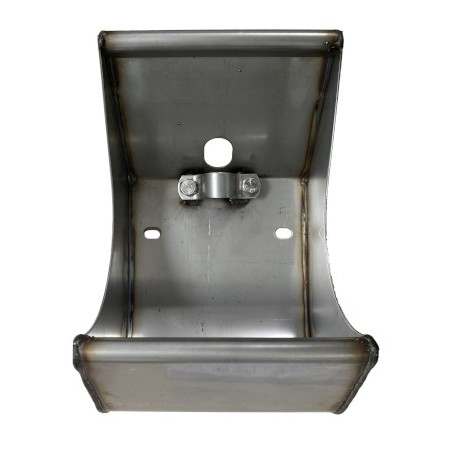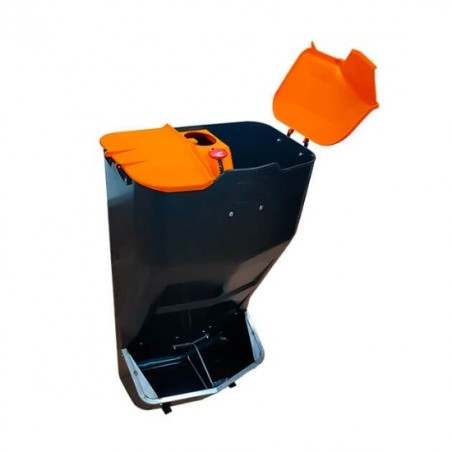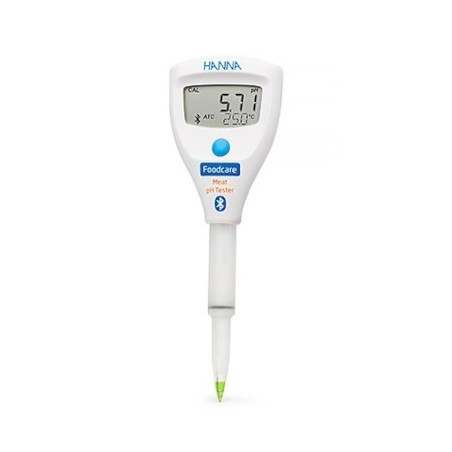There is a negative impact of fiber on nutrient digestibility and performance when high level of by-products is used in pig diets. The use of non-starch polysaccharides (NSP) degrading enzymes may contribute to reduce the negative impact. However, the by-products differ in their constituent NSP fractions and chemical composition, and therefore would differ in their accessibilities to the added enzymes. To evaluate the effect of fiber source and enzyme addition on the nutrient digestibility of cereal by-product based diets, wheat bran and soybean hull were used as sole fiber source to prepare 2 basal diets (wheat bran-based diet, WB; and soybean hull-based diet, SH). The supplementing enzyme was an enzyme cocktail which provided 1000 U cellulase, 5000 U xylanase and 1500 U phytase for per kilogram. One of 4 test diets (WB and enzyme added WB, SH and enzyme added SH) was allotted to 2 of 8 male growing pigs that were surgically fitted with T-shape cannulas at proximal duodenum and distal ileum simultaneously, according to a 4 × 4 Latin square design. Duodenal and ileal digesta and feces were collected to measure the coefficient of apparent digestibility of crude protein (CP), ether extract (EE), starch, organic matter (OM), neutral detergent fiber (NDF), acid detergent fiber (ADF), NSP and its constituent sugar residues at proximal duodenum (CADD), distal ileum (CAID) and total digestive tract (CATTD) of pigs, and their physicochemical properties were as well evaluated.
The results indicated that the digestion of most of nutrients including fiber and NSP fractions commenced with considerable extent prior to proximal duodenum in all diets. The wheat bran showed higher CAID of NDF and ADF, and CATTD of CP and EE than soybean hull. Despite fiber source did not affect CATTD of NSP fractions, the total NSP, arabinose, xylose and glucose, and insoluble NSP, arabinose and glucose of wheat bran were more digestible at terminal ileum than that of soybean hull. Enzyme addition improved the CADD of OM, ash, NDF and ADF; and the CAID of CP, EE, OM, ash, NDF and ADF, but did not affect the CATTD of other gross nutrients. The CADD and CAID, but not CATTD, of most of NSP fractions and their constituent sugar residues were affected by enzyme addition. Fiber source and enzyme addition also showed influence on digesta viscosity, water binding capacity (WBC) and pH value of digesta and faeces. In conclusion, dietary fiber source influenced the digestion of nutrients at different segments of pig digestive tract with higher CATTD of CP and EE of wheat bran than that of soybean hull. Exogenous NSP-degrading enzyme accelerated the degradation of fiber and NSP fractions, and promoted nutrient digestion in the fore-gut of pigs.

Liu, Q., Zhang, W. M., Zhang, Z. J., Zhang, Y. J., Zhang, Y. W., Chen, L., and Zhuang, S. (2016). Effect of fiber source and enzyme addition on the apparent digestibility of nutrients and physicochemical properties of digesta in cannulated growing pigs. Animal Feed Science and Technology, 216, 262-272. https://doi.org/10.1016/j.anifeedsci.2016.04.002








